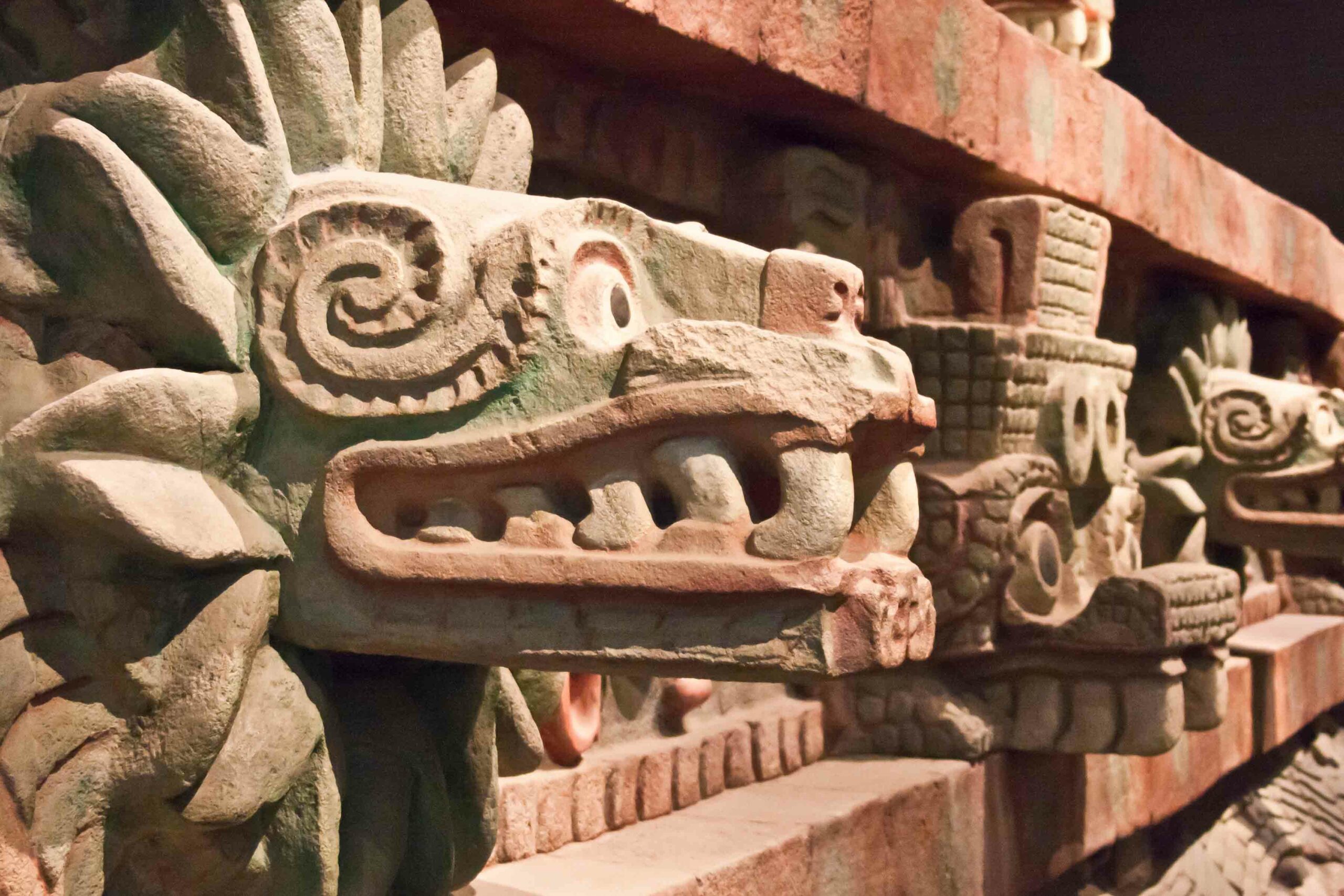Latest News
-
News December 5, 2025
Sacrificial Complex in the Southern Urals Reveals Nomadic Rituals
Read Article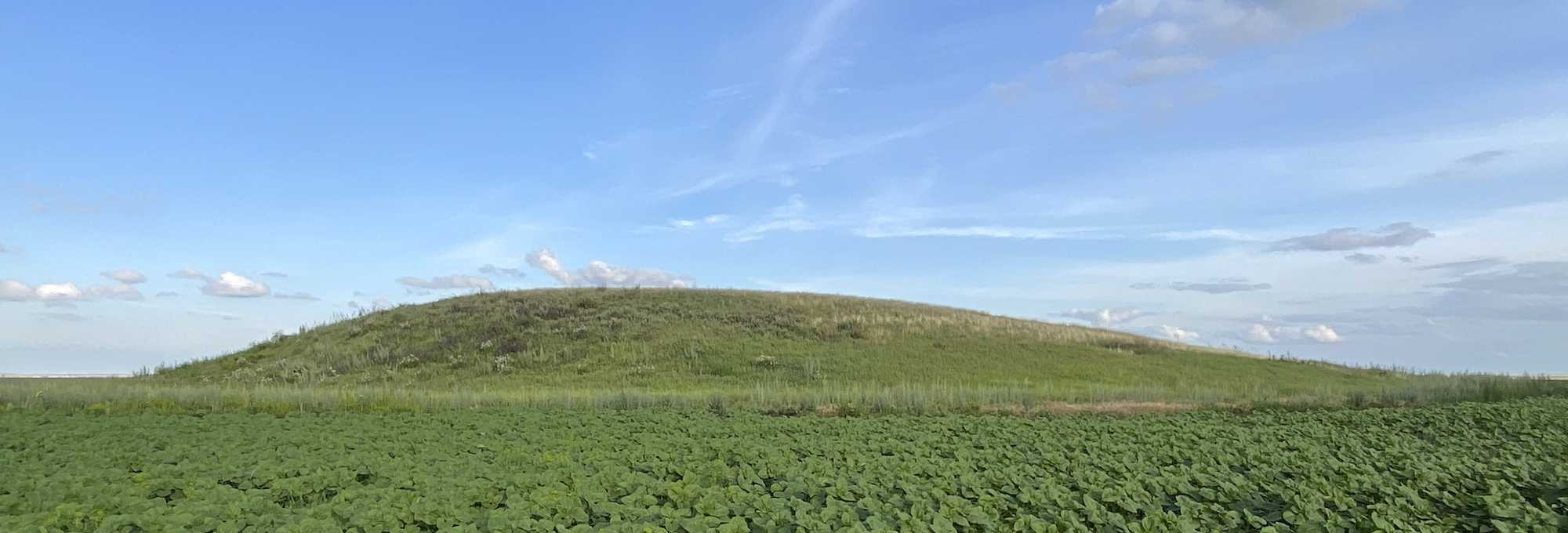 Institute of Archaeology of the Russian Academy of Sciences
Institute of Archaeology of the Russian Academy of Sciences -
News December 5, 2025
Dig Uncovers 6,000 Years of History Beneath Palace of Westminster
Read Article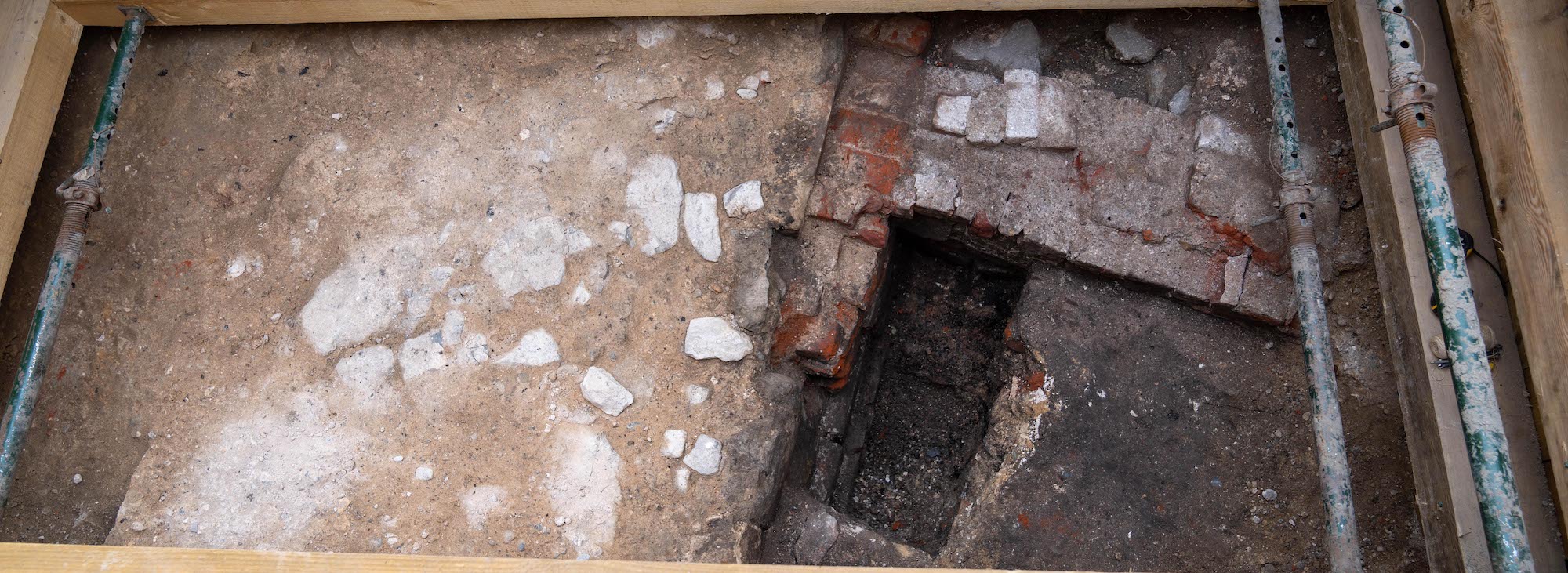 © R&R Delivery Authority
© R&R Delivery Authority -
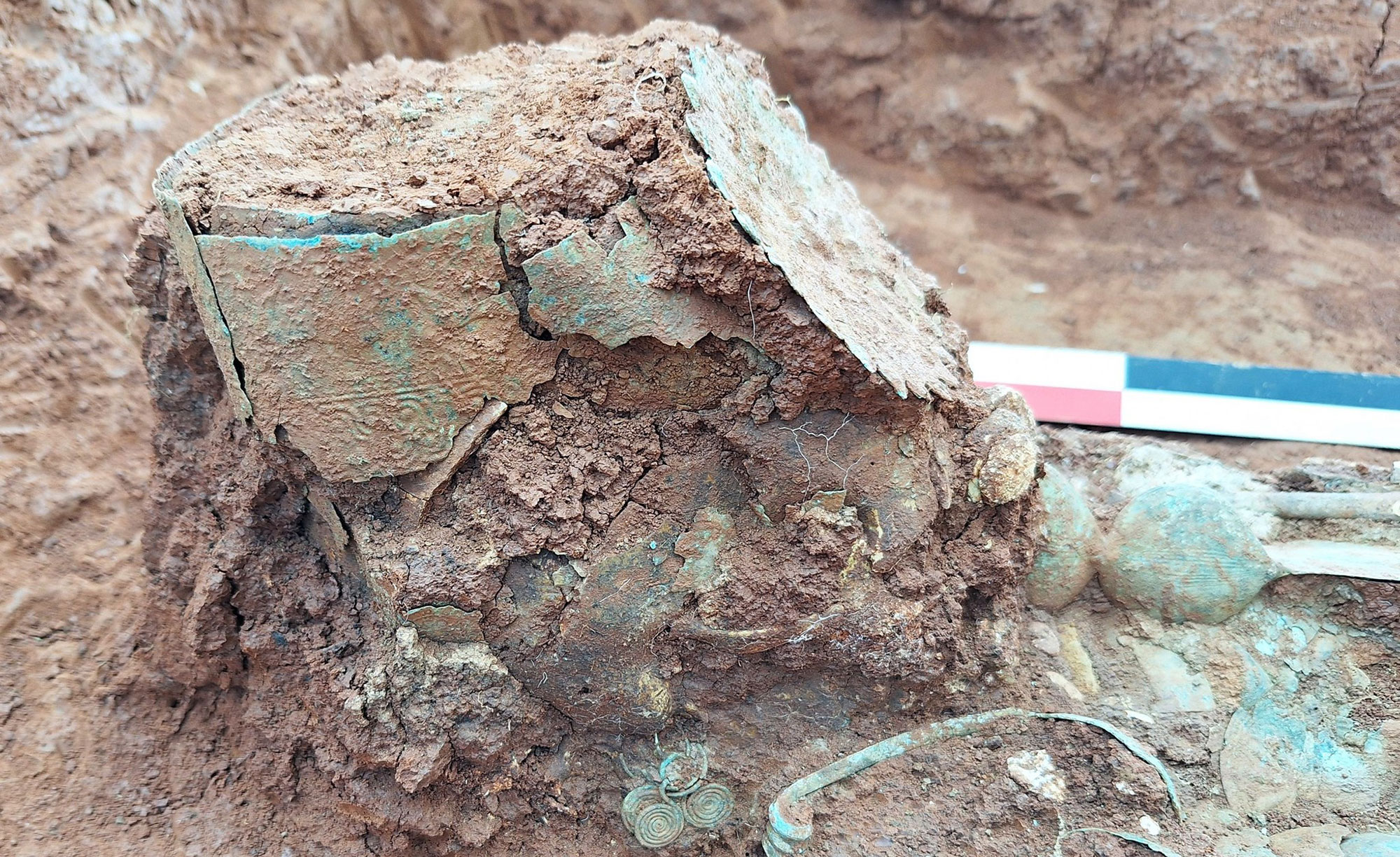 Greek Ministry of Culture and Sports
Greek Ministry of Culture and Sports -
 López-Garcia and Díaz-Andreu 2025, © Antiquity Publications Ltd.
López-Garcia and Díaz-Andreu 2025, © Antiquity Publications Ltd.
-

-
 Lipo et al. 2025, PLOS One
Lipo et al. 2025, PLOS One
-

-
 Wikimedia Commons
Wikimedia Commons
-
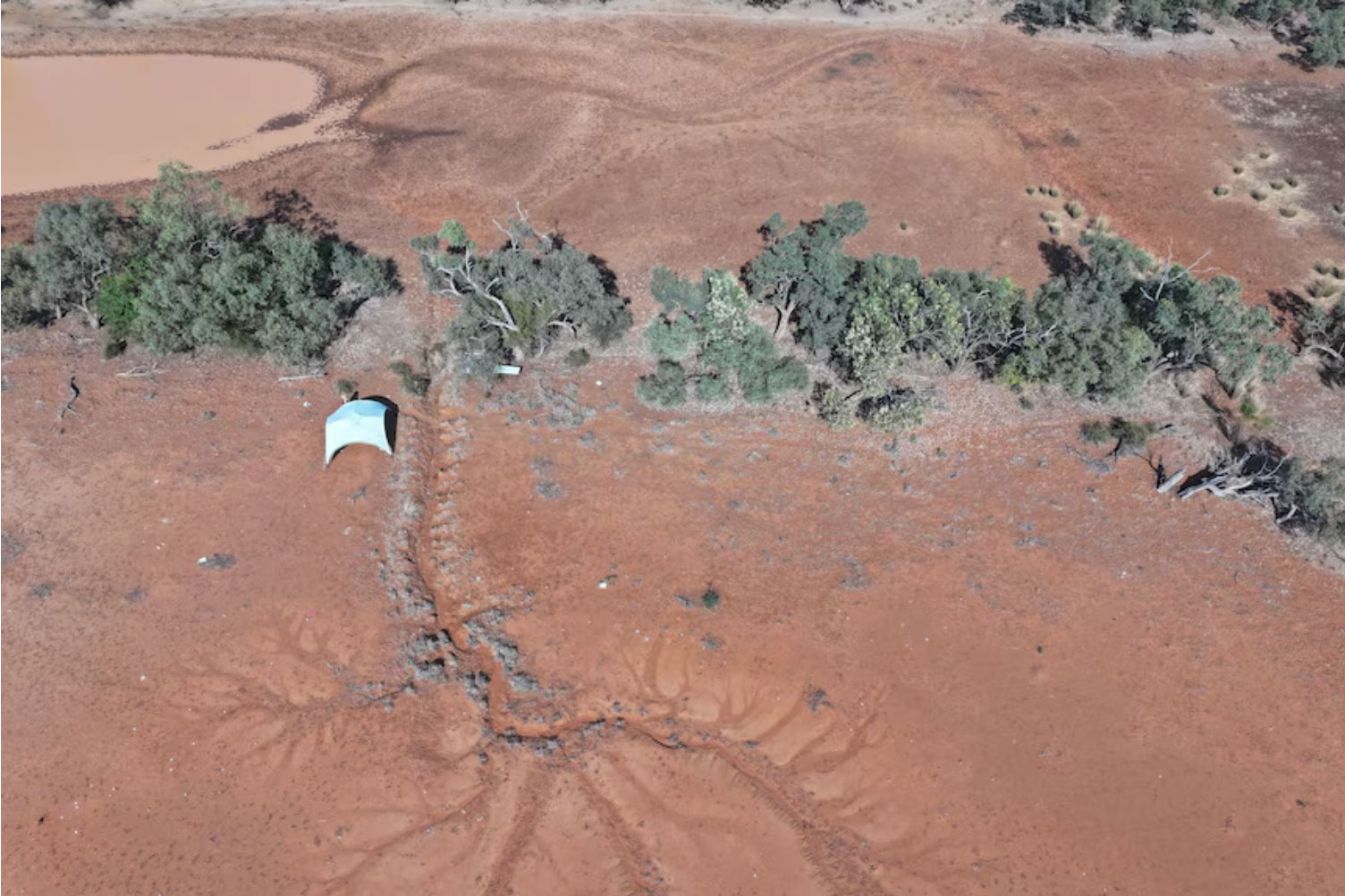 Griffith University
Griffith University -

-
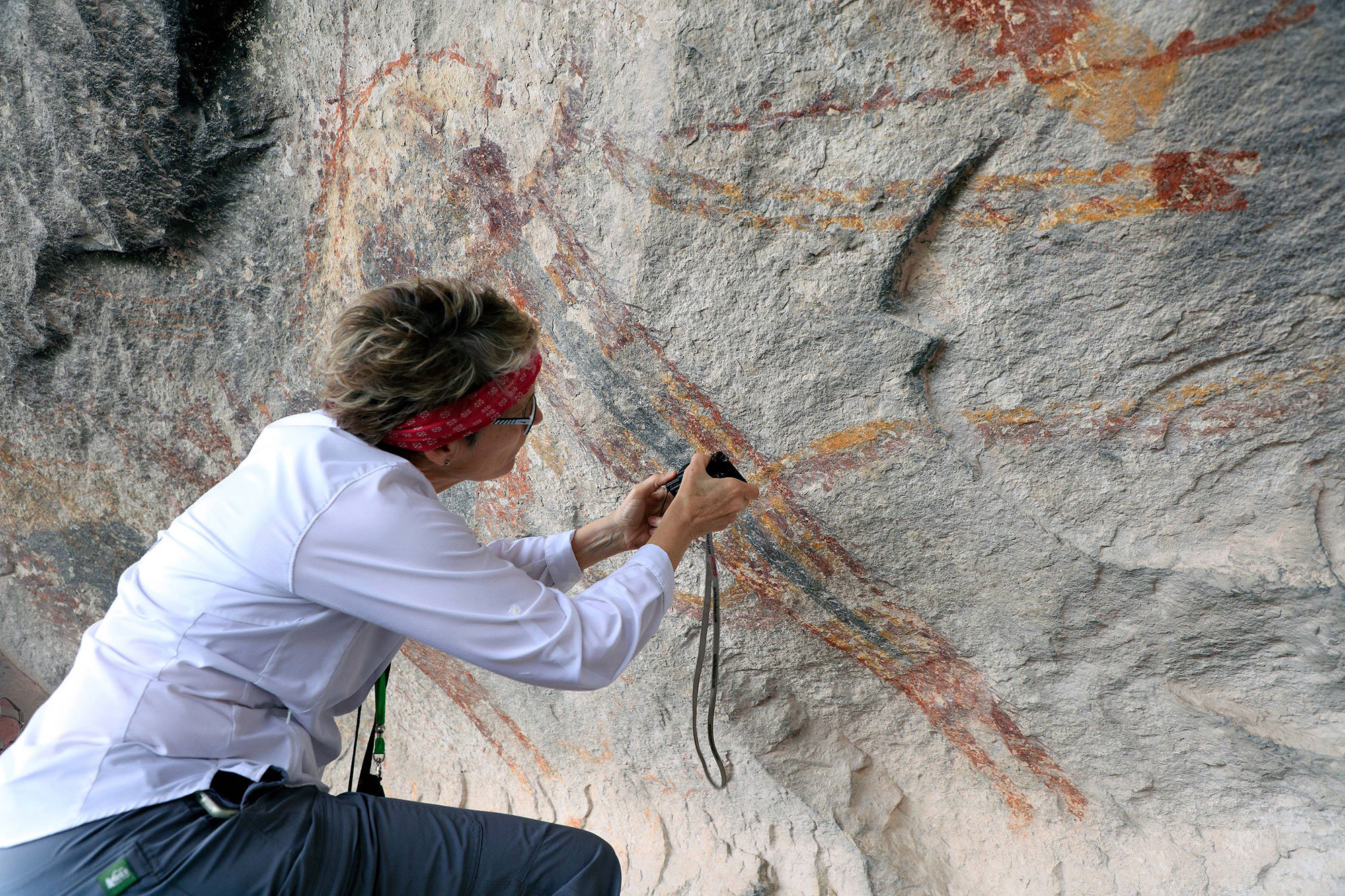 Photo courtesy TXST/Shumla
Photo courtesy TXST/Shumla -
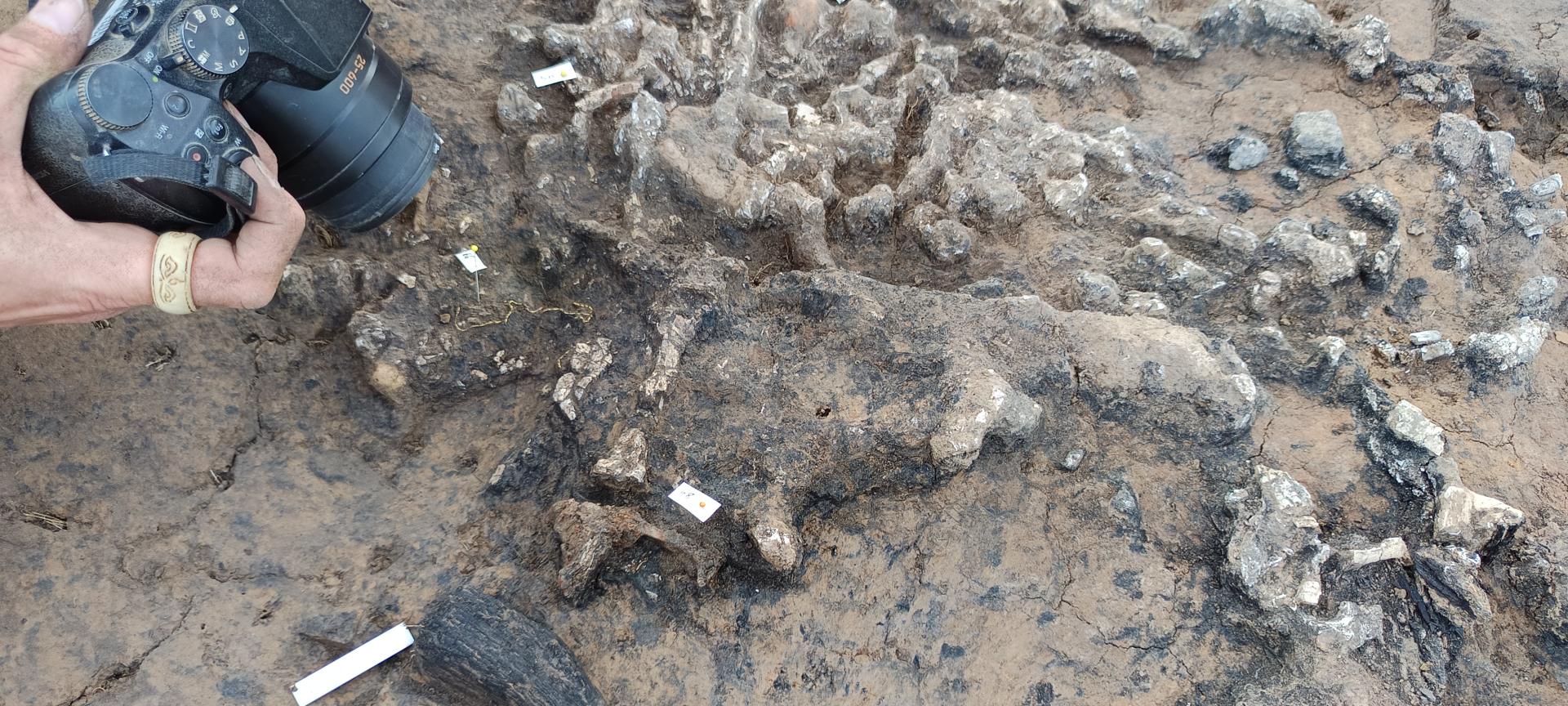 © Frédéric Prodeo, Inrap
© Frédéric Prodeo, Inrap -

-
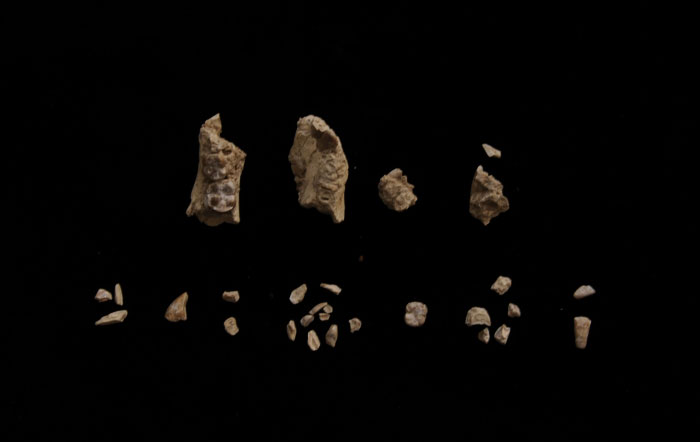 Yohannes Haile-Selassie/ASU
Yohannes Haile-Selassie/ASU -

-
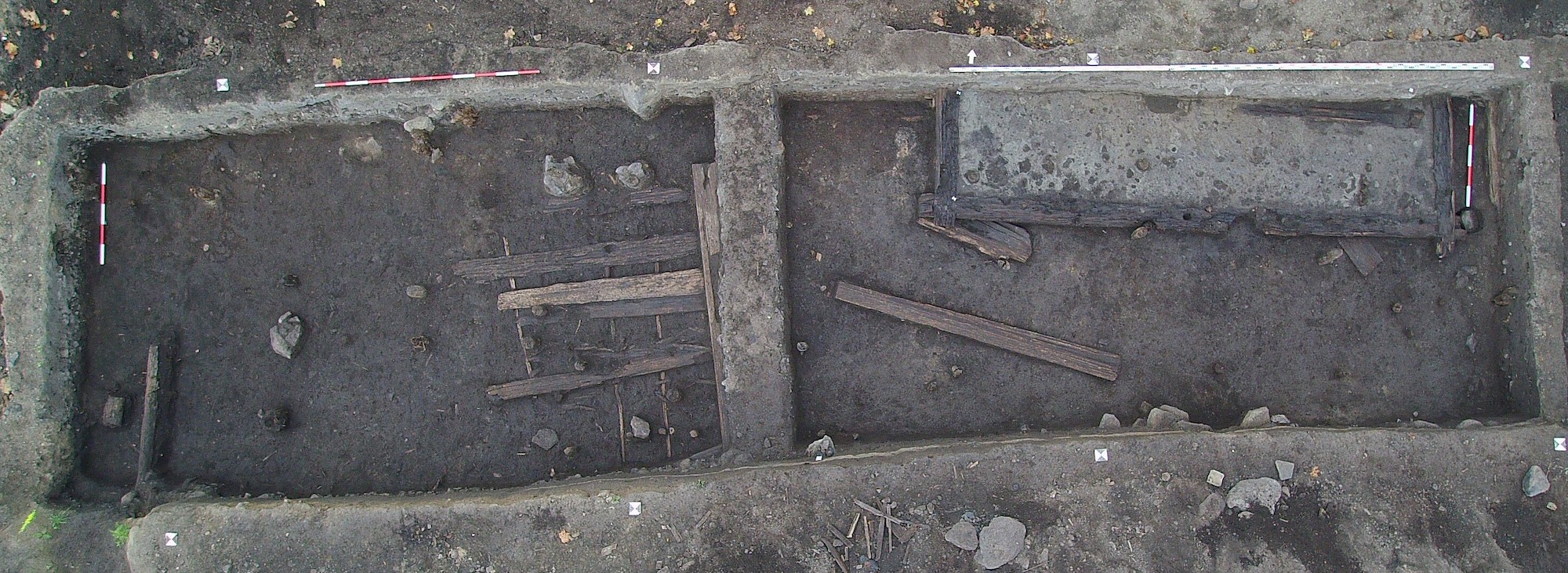 Czech National Heritage Institute
Czech National Heritage Institute -
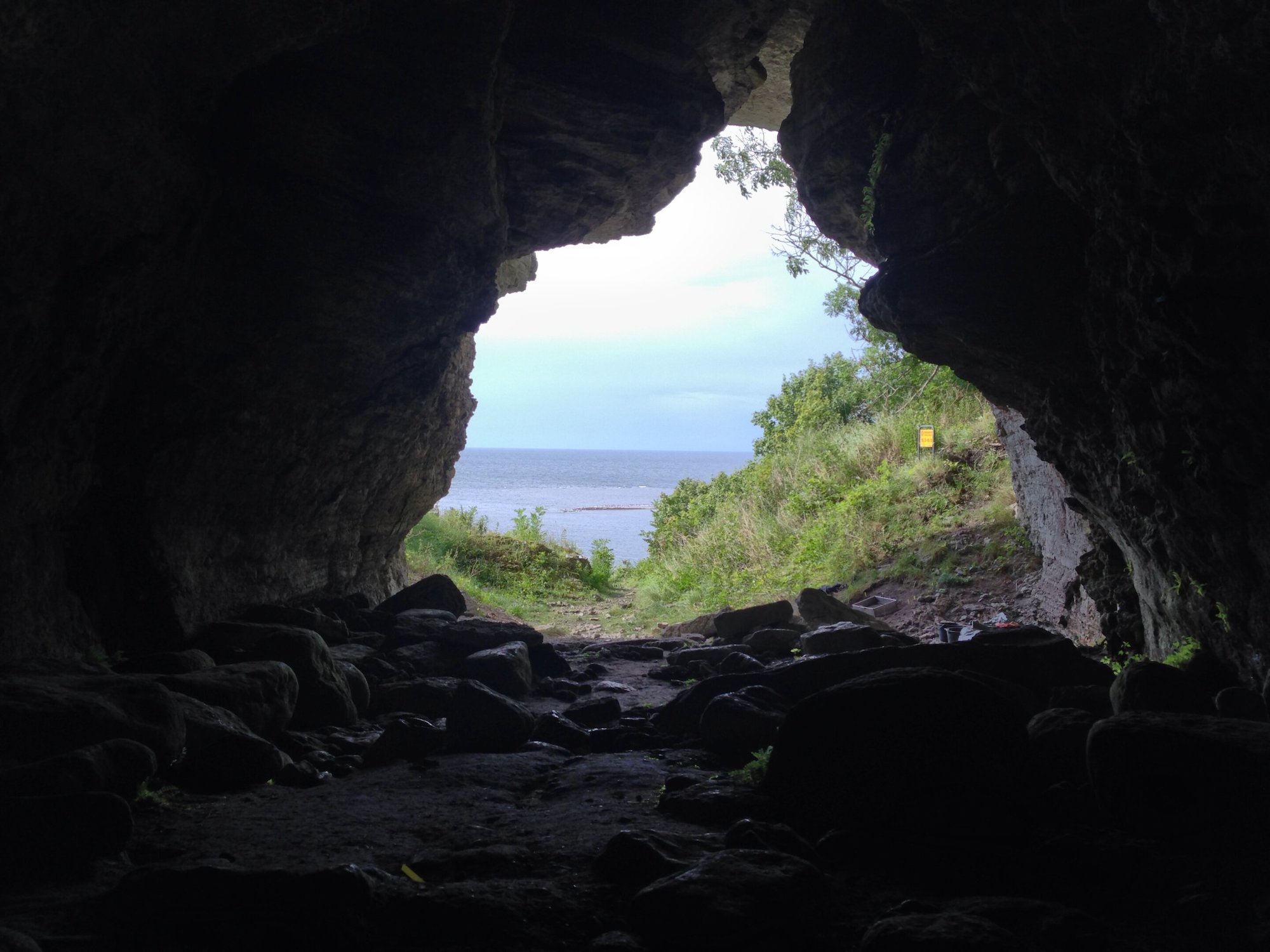 Jan Storå
Jan Storå -

-
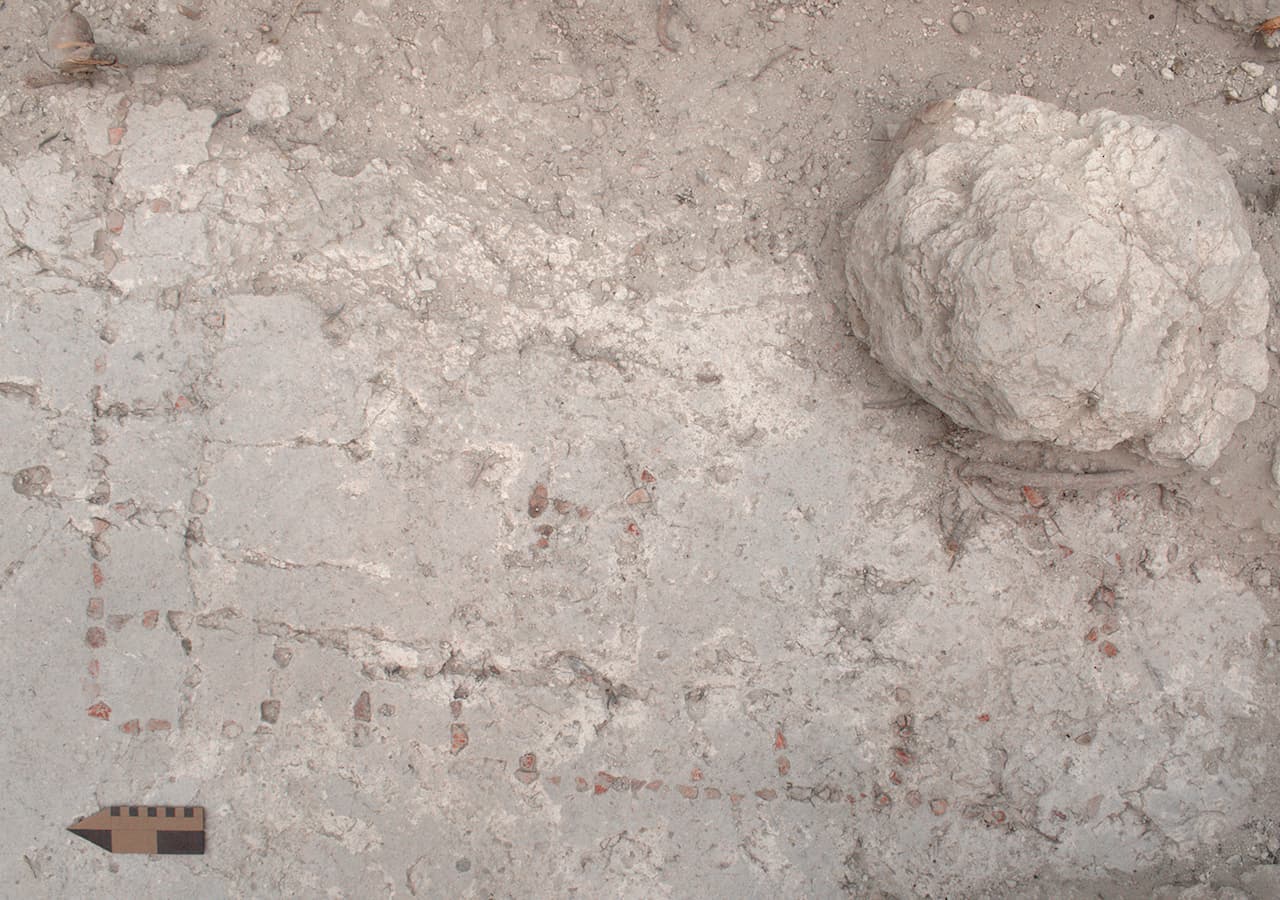 Hiquet and Méreuze 2025, Latin American Antiquity
Hiquet and Méreuze 2025, Latin American Antiquity -
 Cyprus' Department of Antiquities
Cyprus' Department of Antiquities
Loading...


